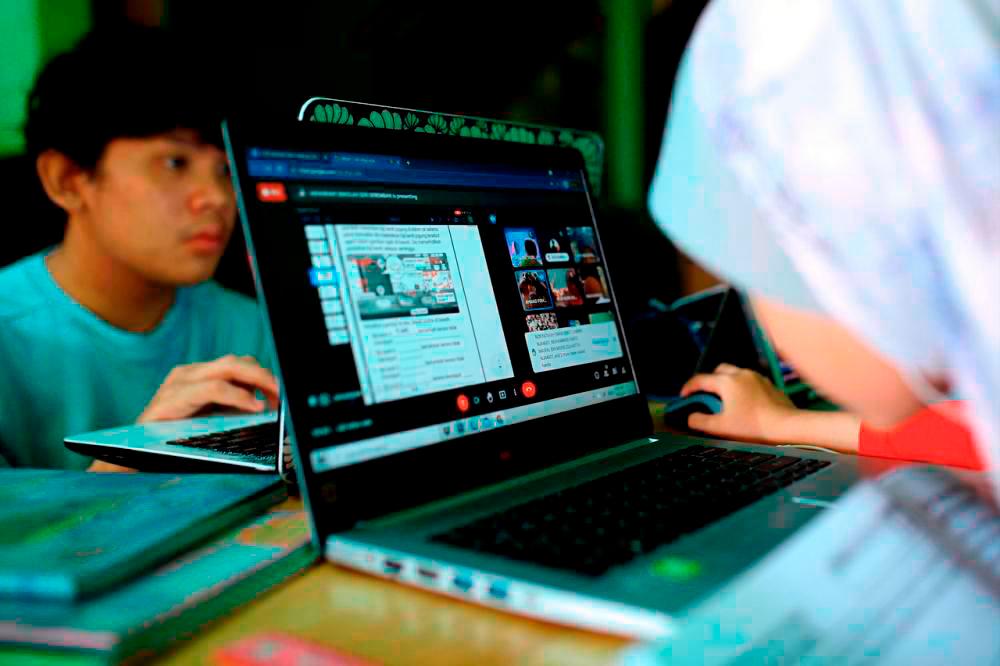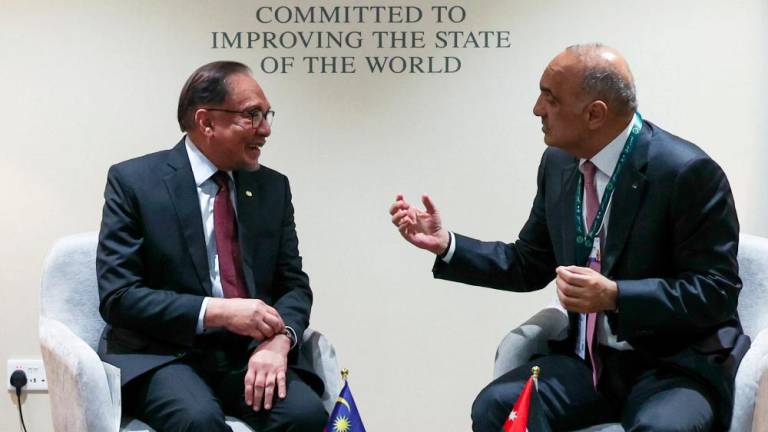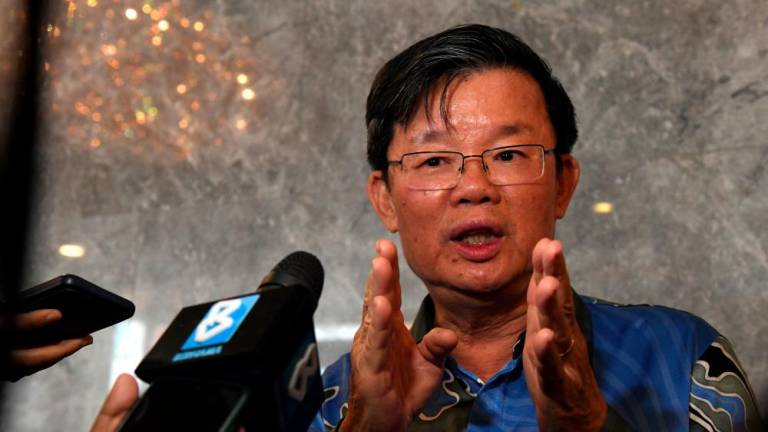THE term “art science” was introduced by Todd Siler in his 1997 book Breaking The Mind Barrier. Art science can be interpreted as the third stream that complements the existing STEM+Art and STEAM education movement.
Art science motivates the understanding of the human experience of nature and society through the synthesis of artistic and scientific modes of exploration and expression.
Richer interpretation emerges from the fusion of skills between artists, designers and scientists, with no restriction on art forms or science branches.
On the other hand, art science transcends and integrates all disciplines or forms of knowledge.
The vision of art science is the re-humanisation of all knowledge.
One can trace the DNA of art science thinking in major artistic advances, technological breakthroughs, scientific discoveries and medical innovations since the beginning of civilisation.
A Renaissance man or woman had art science underlying his creative processes.
In short, art science aims to inspire open-mindedness, curiosity, creativity, imagination, critical thinking and problem-solving through the seamless fusion of science and art to bring out the best of both.
The Learning Enrichment (LearnX) committee at the Department of Physics at Universiti Malaya has advocated the fusion of art and creative thinking, in the otherwise conventional physics coursework’s activities. There are numerous events that have led to the revolutionary shift in scientific thinking and the history-biography of the main characters are often turned into popular culture.
Some early examples lacked or were misinterpreted in the scientific content.
However, recent examples of science-based movies are soliciting experts to ensure the scientific correctness of the narratives.
LearnX is experimenting with art-science activities with broad skill development and deep learning footprints, by promoting archival-based historical and scientific narratives.
Given such enormous historical records from different parts of the world and time, what LearnX has uncovered is just the tip of a human historical iceberg.
The first example of art science activity was carried out by 15 second-year physics students taking the Statistical Physics course at the Department of Physics at Universiti Malaya in 2016.
As part of a coursework continuous assessment assignment, the students were challenged to showcase their artistic talents by writing, producing and performing a physics-themed theatre called “Atomystic”.
The 45-minute theatre in full 19th century-styled wardrobe and stage ambience re-enacted the trails of events leading to the intense Lubeck meeting debate (1895) between the atomists led by Ludwig Boltzmann against his critics (Ostwald, Mach and others) who proposed alternative views based on the concept of energy (energetics).
During the course, the students learned the fundamental contribution of Boltzmann to the understanding of the physical world, including the Boltzmann distribution, the microscopic view of entropy and the second law of thermodynamics.
While working on the theatre production, they also learnt the motivation of the discovery and the struggle endured by Boltzmann in holding up the theory that cost him his life in his own hand.
The students were so excited to know that renowned actor-director, Datuk Zahim Albakri was among the audience, invited to be a theatre critic, and were treated with rounds of applause and thumbs for a brilliant performance by physics-trained first-time theatre performers.
The second example of art science activity was carried out in 2018, before Covid-19 first struck, capturing the debate between the giants of physics, Albert Einstein and Niels Bohr on the adequacy of quantum theory in describing the physical reality at the microscopic scale.
Aptly called the “Quantum Debate in Wayang Kulit”, a group of 15 students taking the Statistical Physics course rose to the group-based task of writing the script for multi-character puppets involved in the evolution of ideas.
The students designed the brightly coloured puppets made of polymer plastics and staged the wayang kulit puppet show, receiving thunderous applause and laughter for the serious scenes and comical moments of the then scientists, involved in the debate of the 1900s.
The storyline accurately presented the essence of 500 pages of the book, Quantum: Einstein, Bohr, and the Great Debate About the Nature of Reality by Manjit Kumar.
Showcasing it once could not have done better in explaining quantum physics to a broader audience using alternative mediums such as performing art.
Appraisal from renowned Fusion Wayang Kulit co-founder Tintoy Chuo proved once again, art and science can be a potent medium for learning different skills that are often kept in different mindsets.
Elsewhere around the world, artists and scientists are reinventing their collaboration by using mixed media to raise awareness of the various global challenges, such as global warming, environmental and social economic issues. Why not do it here too?
Emerging out of Covid-19 and back to face-to-face learning in December 2022, a group of 70 students taking the Statistical Physics course (again the same course, same lecturer, different students) were asked to champion the climate agenda by relating their chosen sustainable development goals (SDG) with poetry.
In collaboration with the Universiti Malaya library, a poem recital programme called Baca & Bicara was organised at Perpustakaan Peringatan Za’ba Universiti Malaya.
The students in six groups braved stage frights and showcased the heartfelt recitals of their favourite poems, sourced from collections of the university’s library.
The grey lectures on laws of thermodynamics that govern climate dynamics were translated into an emotionally charged statement of the impact of human activities on lives on Earth.
In summary, art science activities offer opportunities for creativity, identity-building, self-actualisation, cognitive skills and risk-taking.
Participants are encouraged to improvise and experiment in a non-threatening and non-judgmental environment.
Such practices help appreciate and retain abstract concepts and activate fine motor skills through kinesthetics, auditory and visual sensory.
Students are stimulated to exercise a variety of intelligence, self-expression and worldview.
Art science in STEM curriculum and their deeper involvement should be encouraged as it offers opportunities for holistic learning experiences, prolonged creativity and change of perception on abstract concepts and advocacy in realising SDGs.
LearnX continues to collaborate and experiment with palettes of arts and humanity, rich in colour and emotion, to inculcate humanistic values while reminding everyone to be aware of the good, the bad and the ugly paths of scientific discoveries made through sacrifices, comradeship and even selfishness or injustice.
Such stories of human traits are often left out of textbooks or sterilised in journals.
In other words, the enrichment of STEM education vis-à-vis art science is two-fold, i.e, inspired by idealism yet grounded in realities.
The writer is a Professor and Learning Enrichment (LearnX) Committee at the Department of Physics, Faculty of Science, Universiti Malaya. Comments: letters@thesundaily.com










